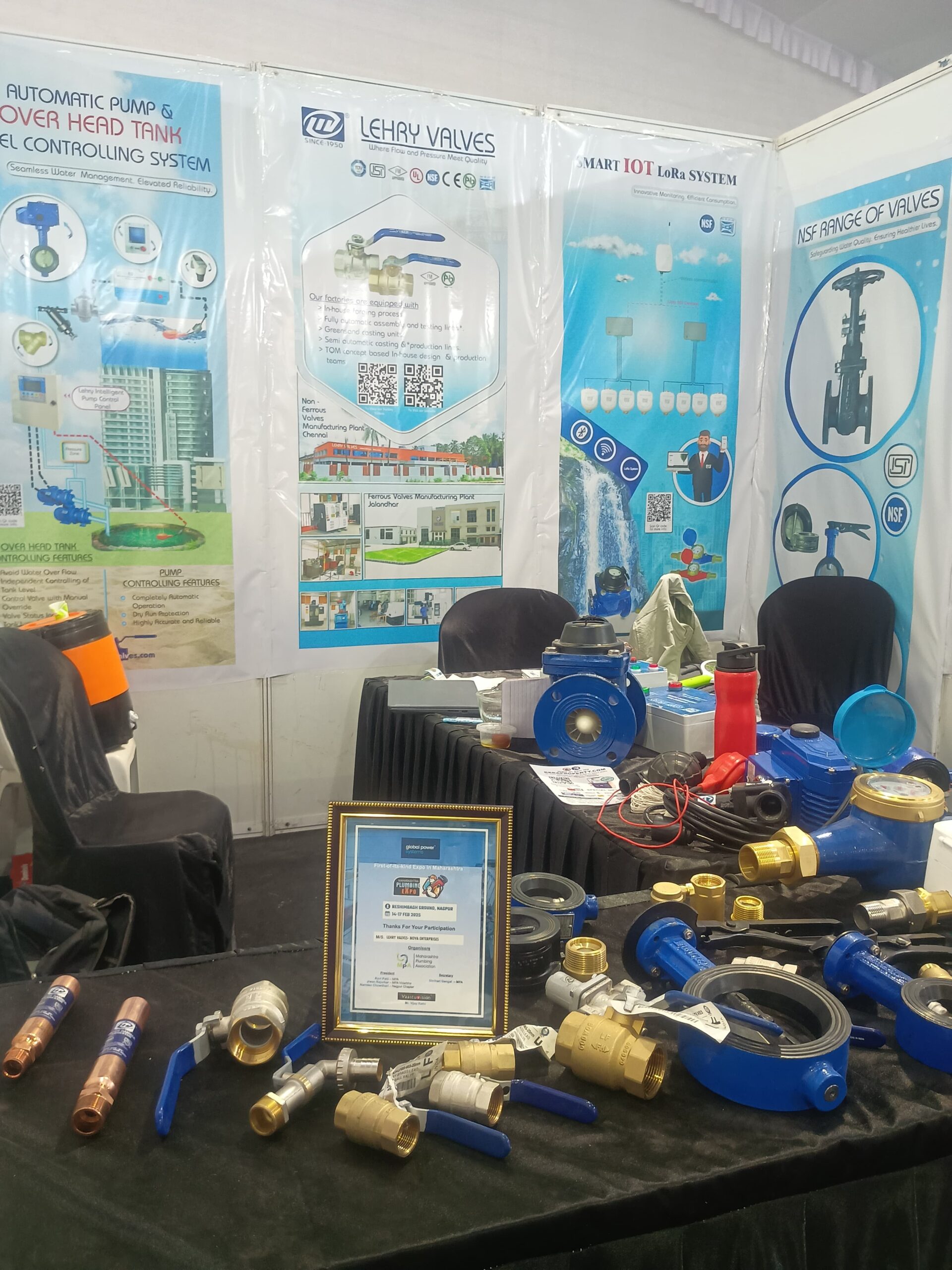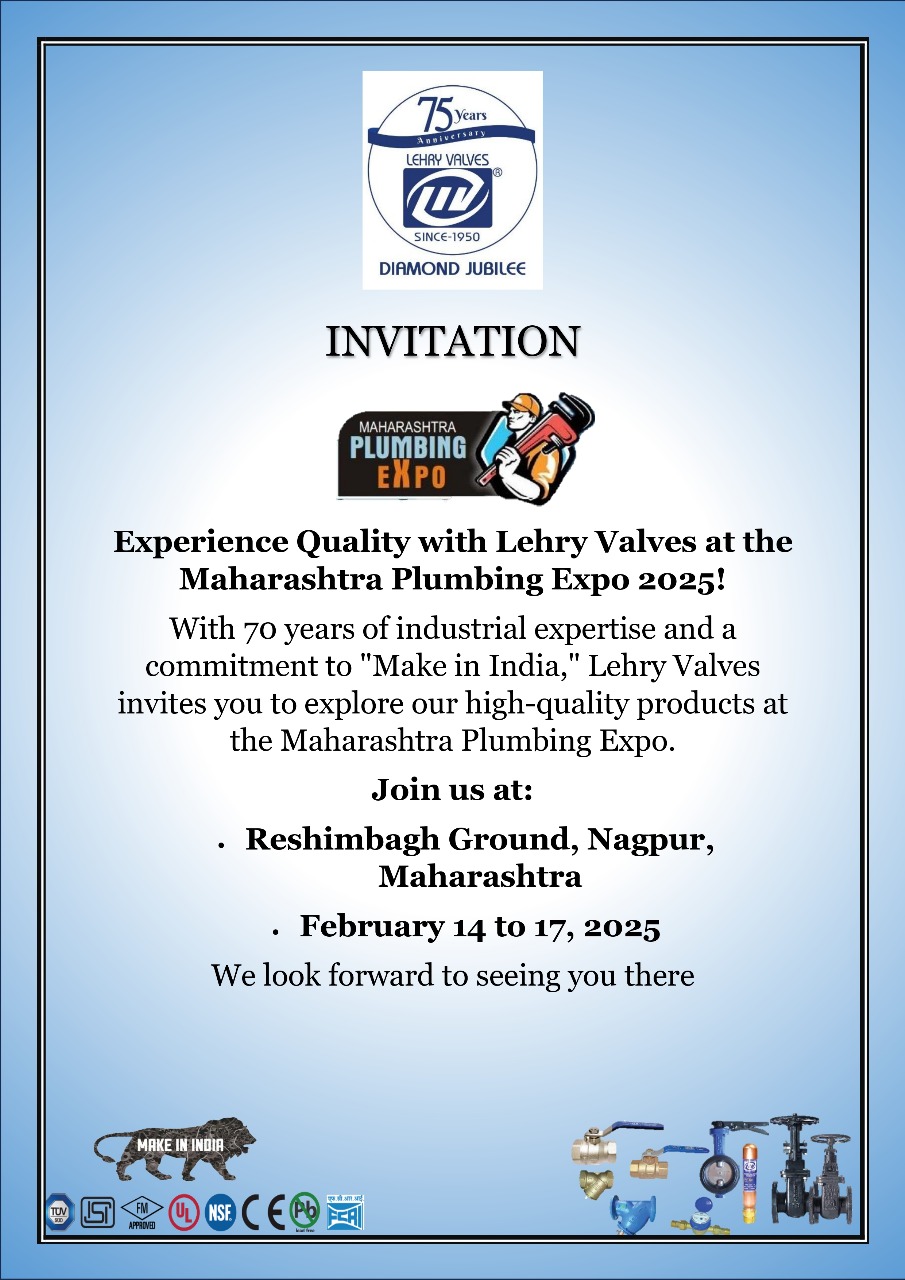Standardisation
All Products are manufactured in accordance with the guidelines set by standardisation institute all over the world such as the Indian Boiler Regulation (lBR), Manufacturers Standardisatlon Society (MSS), American Petroleum Institute (API), American Society of Mechanical Engineers (ASME).
Procurement Of Raw Materials
In the manufacturing process we require steel casting of various grades, stainless stall round bars, forging, hardware (nuts & bolts), gaskets, paints and also packing materials. We purchase all the raw materials from the approved suppliers.
Quality Assurance
All raw materials are checked by our internal Quality Assurance Department prior to infusion into the manufacturing process. For example, when we receive steel castings and rods, It is checked and then passed on to stores with an “INWARD PASSED” sign and stamp, if it is rejected it is sent back to the supplier with a G.l.R. note.
Machining
The raw materials is issued to the machine Shop for machining through material requisition slips. Valve body, bonnet, valve seat, spindles etc are machined on centre lathe machine, after which all lie components are checked by vernier callipers or micrometers.
In Process Testing
If It Is found to be OK dimensionally and visually, the valve, body and bonnet are sent for Hydrostatic Testing to the testing yard and other components are sent to the fitting / assembling department. All the bodies and bonnets are tested on Motorised Hydrostatic Pumps or on Hand Operated Pumps. A pressure test is carried out as per relevant world standards. The theory being, when the body or bonnet is under pressure there should not be any leakage or drops of the testing and fluid from any portion of the bodies and bonnets, If there Is any leakage observed, It is reject and sent back to the foundries.
Assembly
The body and bonnet which are hydrostatically OK are sent to the filing shop for assembly, duly handled with care so that there are no scratches on the machine surfaces. In the fitting shop, body and bonnets are drilled on drill machine with the help of Jigs and fixtures for uniformity and interchangeability by Quality Assurance Department and passed, or sent back.
Lapping
In some cases lapping of the seats and plugs / other components is done prior to fitting, whereas in other cases lapping is done after fitting.
Testing
After assembly the new complete valves is sent for hydrostatic testing again. If no leakage is observed as per the relevant standards, it is sent to the finishing department
Finishing /Painting
Here the valve body surface is debarred and finished by sanders and flexible shaft grinders for better appearance and smooth finishing. One coat of corrosive resistant primer (red oxide) is sprayed, and It any uneven surface is observed a high temperature putty is used, after which selected colours for different types of valves are sprayed twice for a superior surface look.
Here it should be noted that valves which are manufactured for ISH approval are not painted initially. They are offered for inspection by the concerned inspector without paint, but in a completely assembled stage. The IBR number allotted is then punched after inspection, and paintings are done only after this.
Final Inspection
After painting, Final Inspection is done by our Quality Assurance Department & Third Party inspection Agency, whose responsibility now is to co-relate and check all records relating to the valve concerned. Special attention is paid to co-relate all the serial numbers and in-process quality checks, a valve serial number and then passed on to the packing department
Packing
In the packaging department all the valves are covered with p/bags and placed into wooden case, with a bed of grass for non-damage of valves, It is then covered and nailed with a packing note and valve users manual / maintenance guidelines for the despatch department.
Despatch
The despatch department checks all the details mentioned in the packing note and the purchase order, and send the package to the godown or to the transporter.












